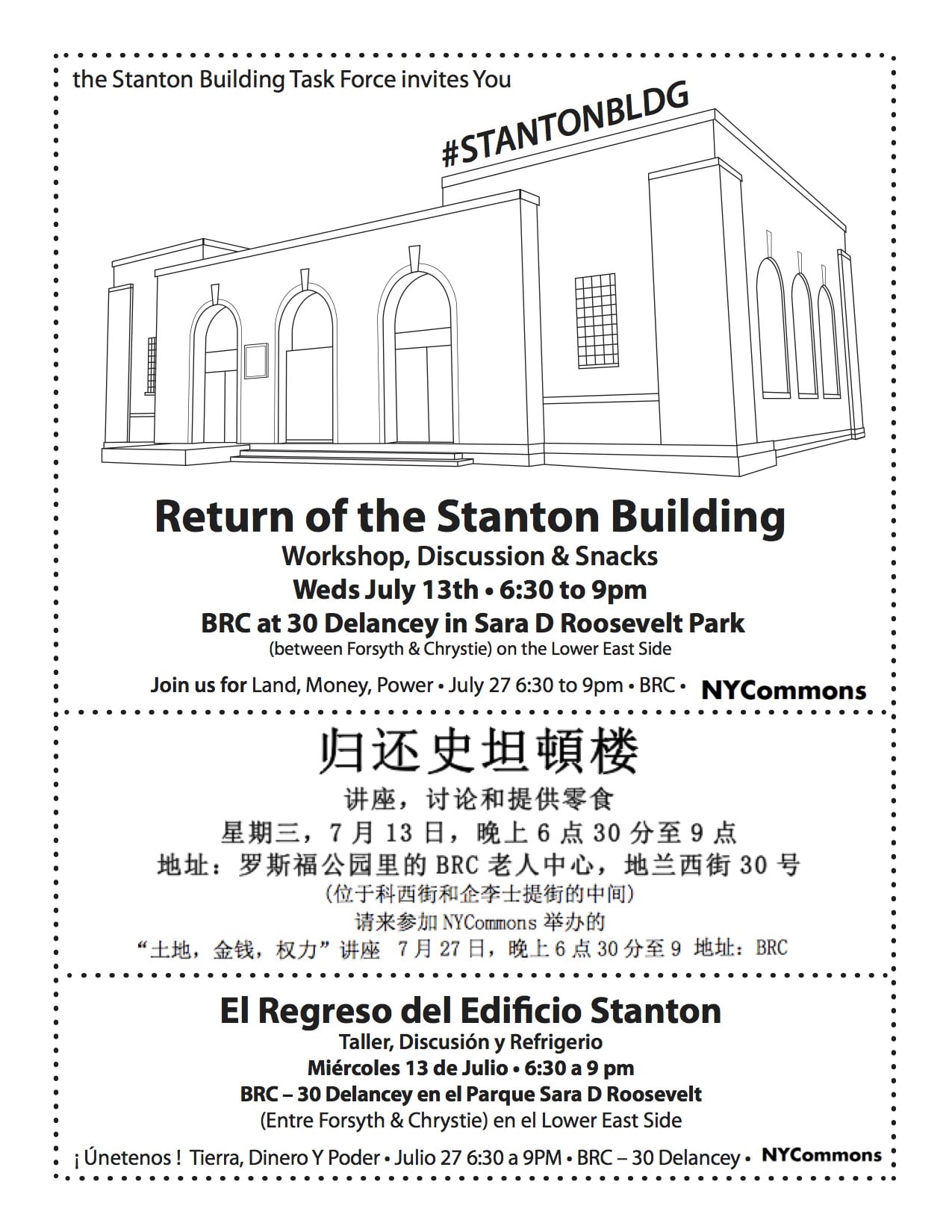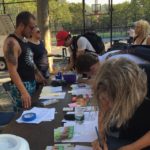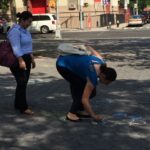Bedford + Bowery: Could This LES Park Building Be Turned into a Communal Kitchen or a Bike Co-Op?
“Last week, the Sara D. Roosevelt Park Coalition, in cooperation with other community organizers, staged a brainstorming session and awareness-raising campaign in front of the Stanton Building… Yesterday’s meeting aimed to concretize those visions and to provide the community with the logistical tools needed to advocate for their interests.
Manhattan Borough President Gale Brewer (Photo: Luisa Rollenhagen)
Among those who met in the park at the BRC Senior Center were Manhattan Borough President Gale Brewer, representatives of City Council member Margaret Chin and State Assembly member Alice Cancel…
Webster said…the goal was to help create an “advocacy community” by letting people know how their voices could be heard in local government. “A lot of people don’t know how things actually work,” ….”
Susan Lerner, the executive director of Common Cause New York, echoed this sentiment. “What we’re doing is giving the community tools to be included in the public conversation,” … Susan Stetzer, district manager of the Community Board 3, explained the importance of … capital priorities for the Community Board…
Wendy Brawer…. of Green Map System,…said …“A lot of us don’t know how to use tools as all. Wouldn’t it be nice if we could help each other learn these basic life skills?”
Whether a bike repair co-op, solar-powered WiFi and charging station, showering and toilet facility for the homeless, computer center, library, book exchange, meeting area, or area for board games – everyone was excited about the possibilities here.
Jennifer Vallone of University Settlement House, Debra Jeffreys-Glass of M’Finda Kalunga Garden were the moderators and organizers. Paula Segal from 596 Acres gave a presentation on “Who owns Parks?”






























